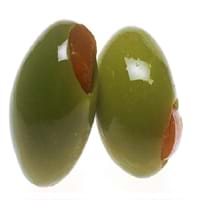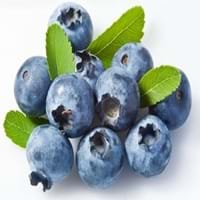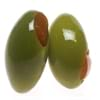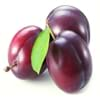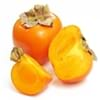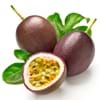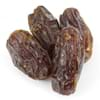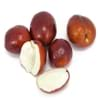Health Benefits
Cancer prevention, Helps in cartilage regeneration, Prevents macular degeneration, Treatment of alzheimer's disease
Cancer prevention, Cures gastro-intestinal troubles, Improves night vision, Improves stomach health, Prevents diabetes, Prevents high blood pressure, Reduces blood circulation problems
General Benefits
Anti oxidant properties, Anti-inflammatory properties, Boosts immune system, Controls blood pressure, Digestive aid, Maintains healthy cholesterol level
Fights against infections, Helps in weight loss, Prevents blood clotting in vessels, Treatment of urinary tract infections
Skin Benefits
Hydrates skin, Skin rejuvenation, Treatment of skin diseases
Anti-aging benefits, Nourishes skin, Protects against skin damage
Hair Benefits
Acts as moisturizer, Good conditioner, Regulates hair growth
Prevents hair loss
Allergy Symptoms
NA
Not Available
Side Effects
Affects blood glucose levels, Dizziness, Stomach pain
Decrease in blood sugar levels, Diarrhoea, Dizziness, Headache, Internal bleeding, Stomach pain
Best Time to Eat
Hardly eaten raw, Olive oil is consumed for many purposes.
As a snack in the late afternoon, Don't consume at night and before bed, Eat the fresh ones, avoid mixing with any other foods, don't eat after meal., Morning time (before lunch)
Vitamin B5 (Pantothenic Acid)
Vitamin C (Ascorbic Acid)
Vitamin K (Phyllochinone)
Calories in Fresh Fruit with Peel
Calories in Fresh Fruit without Peel
Not Available
Not Available
Calories in Frozen Form
Not Available
Not Available
Calories in Dried Form
Not Available
Calories in Canned Form
Not Available
Season
Spring, Summer
Summer
Varieties
Manzanillo, Sevillano, Mission, Ascolano, Barouni, Gordal, Rubra and Picholine
Dwarf bilberry, Piper, bog blueberry, Northern bilberry, Mountain bilberry and Oval-leaved bilberry
Color
Black, Green, Purple, Yellow
Dark purple
Inside Color
Brown
Light Green
Origin
Eastern Mediterranean Region
Unknown
Soil Type
Well-drained
Moist, Well-aerated
Climatic Conditions
Warm to hot climate
Cold
Facts about
- In ancient Greece, 1st eye shadow was made by adding olive oil in ground charcoal.
- The most expensive form of olive oil is Extra Virgin.
- Largest type of olive tree is known as donkey tree & smallest one is called bullet.
- Bilberries are used in manufacturing of alcoholic drinks.
- They are used to improve aromas of sorbets.
- The green extract of it's leaves is used in textile industry as natural dye.
Other Countries
Algeria, Egypt, Greece, Italy, Morocco, Portugal, Syria, Tunisia, Turkey
Denmark, Finland, Iceland, Sweden
Top Importer
United States of America
United States of America
Botanical Name
Olea europaea
Vaccinium myrtillus
Synonym
Not Available
blaeberry, whinberry, European blueberry, whortleberry
Subkingdom
Tracheobionta
Tracheobionta
Division
Magnoliophyta
Magnoliophyta
Class
Magnoliopsida
Magnoliopsida
Subclass
Rosidae
Dillenhidae
Family
Oleaceae
Ericaceae
Species
O. europaea
Vaccinium myrtillus
Generic Group
Olive
Heath
Difference Between Olive and Bilberry
We might think that Olive and Bilberry are similar with respect to nutritional value and health benefits. But the nutrient content of both fruits is different. Olive and Bilberry Facts such as their taste, shape, color, and size are also distinct. The difference between Olive and Bilberry is explained here.
The amount of calories in 100 gm of fresh Olive and Bilberry with peel is 115.00 kcal and 44.00 kcal and the amount of calories without peel is Not Available and Not Available respectively. Thus, Olive and Bilberry belong to High Calorie Fruits and Low Calorie Fruits category.These fruits might or might not differ with respect to their scientific classification. The order of Olive and Bilberry is Lamiales and Ericales respectively. Olive belongs to Oleaceae family and Bilberry belongs to Ericaceae family. Olive belongs to Olea genus of O. europaea species and Bilberry belongs to Vaccinium genus of Vaccinium myrtillus species. Beings plants, both fruits belong to Plantae Kingdom.
